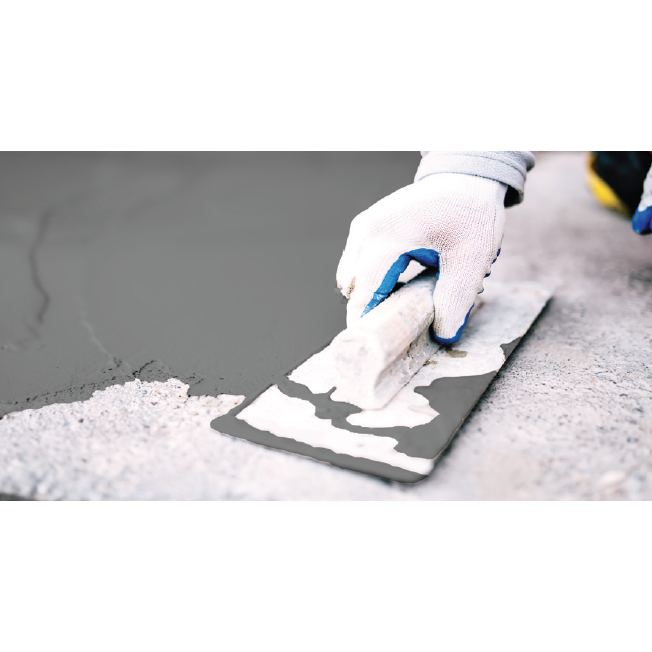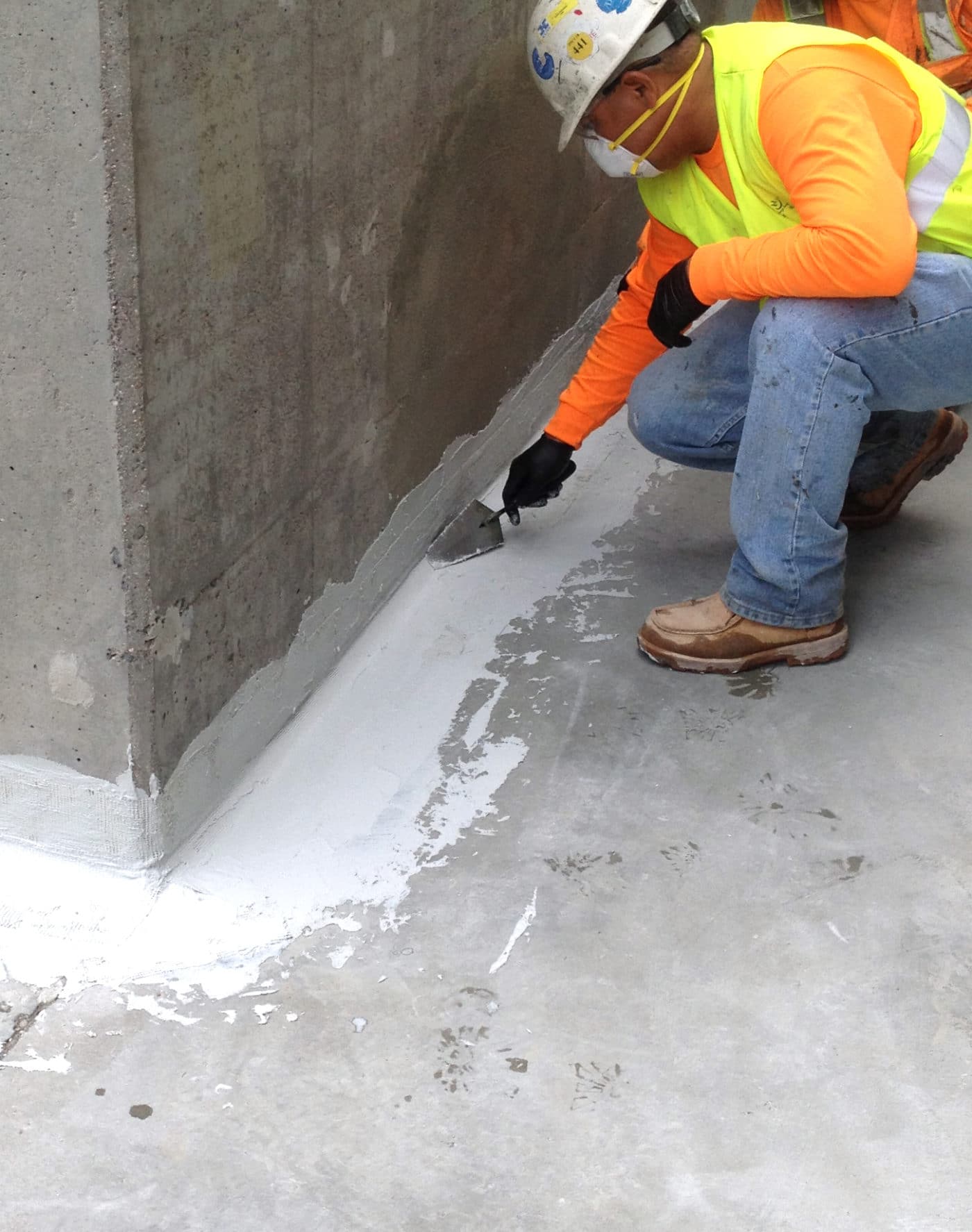Basement waterproofing Omaha: Proven Methods for Lasting Results
Wiki Article
Kinds of Waterproofing: Discovering the Various Techniques and Their Applications
Waterproofing is an important facet of building and upkeep. It secures frameworks from the harmful effects of water damage. There are a number of approaches available, each with its unique applications and benefits. From membrane layer systems to cementitious remedies, understanding these choices is crucial for efficient execution. The option of waterproofing approach can greatly impact resilience and long life. Checking out these various strategies exposes their distinctive benefits and possible challenges, motivating more factor to consider of perfect solutions.Membrane Waterproofing Equipments
Membrane waterproofing systems work as a vital obstacle against water breach in different frameworks. These systems typically include thin sheets made from products like rubber, polycarbonate, or bitumen, which are related to surfaces to stop dampness infiltration. They can be installed above or below quality and are specifically reliable in locations susceptible to high water direct exposure, such as basements, roofs, and foundations.The installment procedure involves cleaning the substratum, applying adhesives or primers, and precisely fitting the membrane to ensure full protection. Membrane systems can be either totally adhered, mechanically affixed, or laid loose, depending upon the certain requirements of the project. They offer longevity and adaptability, suiting architectural motions without compromising their waterproofing capacities. Additionally, these systems can be reinforced with additional layers for boosted security. Ultimately, membrane waterproofing systems are vital for protecting structures against water damage and preserving long-lasting honesty.Liquid-Applied Waterproofing Coatings
Liquid-applied waterproofing coatings supply a functional option for protecting surfaces from water infiltration - Foundation waterproofing Omaha. These layers contain liquid materials that, when used, create a smooth, versatile membrane layer. Their flexibility enables application on various substrates, including concrete, steel, and wood. The finishings can be used in varied environments, from household to industrial setups, making them ideal for roofing systems, structures, and below-grade structures.One considerable benefit of liquid-applied finishings is their ability to conform to uneven forms and pass through splits, developing a durable obstacle versus dampness. They frequently show outstanding adhesion homes and resistance to UV radiation, guaranteeing durability and longevity. In addition, the application procedure is generally straightforward, permitting quick installment and lowered labor prices. This technique additionally minimizes the risk of water pooling, as the continual layer efficiently routes water far from vulnerable areas. Generally, liquid-applied waterproofing layers are a reliable selection for extensive water securityCementitious Waterproofing Solutions

Cementitious waterproofing solutions provide a robust choice for frameworks calling for dependable wetness security. These systems mostly use a mix of concrete, sand, and chemical ingredients to create a waterproof barrier. They are commonly put on surface areas such as concrete wall surfaces, structures, and floors, offering a long lasting, resilient defense versus water intrusion.One of the key advantages of cementitious waterproofing is its convenience of application; it can be applied making use of a brush, roller, or spray, making it suitable for different task sizes. Furthermore, this method is compatible with lots of surfaces and can commonly be used along with various other waterproofing techniques.Cementitious solutions are specifically efficient in settings where water exposure is an issue, such as basements or below-grade frameworks. Their exceptional adhesion properties assure that they bond well with substratums, giving a strong and nonporous layer against wetness penetration.
Bentonite Waterproofing
Bentonite waterproofing is a highly reliable technique that uses salt bentonite clay to produce a natural obstacle against water. This method manipulates the distinct residential or commercial properties of bentonite, which broadens upon contact with water, securing any potential leakages and stopping moisture infiltration. It is commonly utilized in different applications, including foundation wall surfaces, tunnels, and maintaining walls, where water resistance is essential.Bentonite can be used in a number of types, such as panels or coverings, providing flexibility in installation. Its capability to self-seal makes it an attractive choice for locations based on moving dirt or ever-changing water levels. In addition, bentonite waterproofing is eco friendly, as it is a natural product that does not introduce dangerous chemicals into the environments.Drainage and External Waterproofing Solutions
Reliable waterproofing typically involves a mix of techniques, consisting of water drainage and exterior systems. Drain systems, such as French drains and sump pumps, are developed to Discover More Here redirect water far from structures, decreasing hydrostatic pressure versus foundations. These systems are important crawl space waterproofing in protecting against water build-up that can lead to structural damages and mold and mildew growth.External waterproofing, on the other hand, includes using safety barriers to the building's exterior. Methods such as the installation of water-proof membrane layers, finishes, or sealers can aid protect against water seepage. This approach not only safeguards the structure yet additionally improves the total sturdiness of the structure.Together, water drainage and outside waterproofing systems form a detailed service to manage water successfully. By implementing these techniques, homeowner can protect their financial investments against the harmful results of wetness, making certain long-lasting security and safety for their structures.Regularly Asked Questions
How Do I Pick the Right Waterproofing Method for My Task?
Choosing the appropriate waterproofing approach depends on factors such as job type, ecological problems, spending plan, and desired durability. Reviewing these aspects enables informed decisions customized to details requirements and needs.
Can Waterproofing Be Applied in Cold Weather Condition Issues?
Waterproofing can be used in winter problems, yet it needs certain materials and methods. Cold temperature levels might affect healing times and bond, necessitating careful option of items designed for low-temperature application.
What Are the Usual Indications of Waterproofing Failure?
Usual indicators of waterproofing failing include visible water spots, peeling off paint, wet odors, mold growth, and fractures in wall surfaces or structures. Drainage & waterproofing company Omaha. These indications suggest that dampness is passing through the link barrier, jeopardizing its effectivenessFor How Long Does Waterproofing Last Prior To Requiring Upkeep?
The longevity of waterproofing differs, normally lasting in between 5 to one decade. Factors such as worldly high quality, environmental conditions, and maintenance techniques influence its toughness, requiring routine evaluations to ensure efficient protection versus water invasion.Are There Eco-Friendly Waterproofing Options Available?
The question of environmentally friendly waterproofing options discloses an expanding interest in sustainable materials (French drain installation Omaha). Numerous natural compounds, such as plant-based sealers and recycled products, offer reliable options while reducing environmental effect, appealing to environmentally aware consumersReport this wiki page